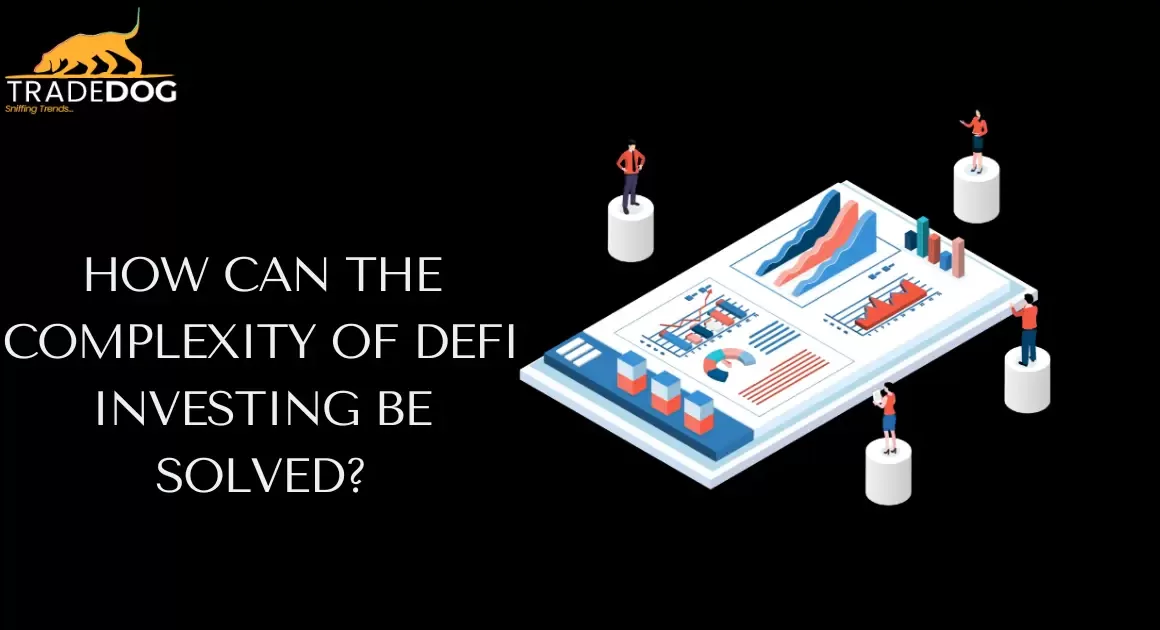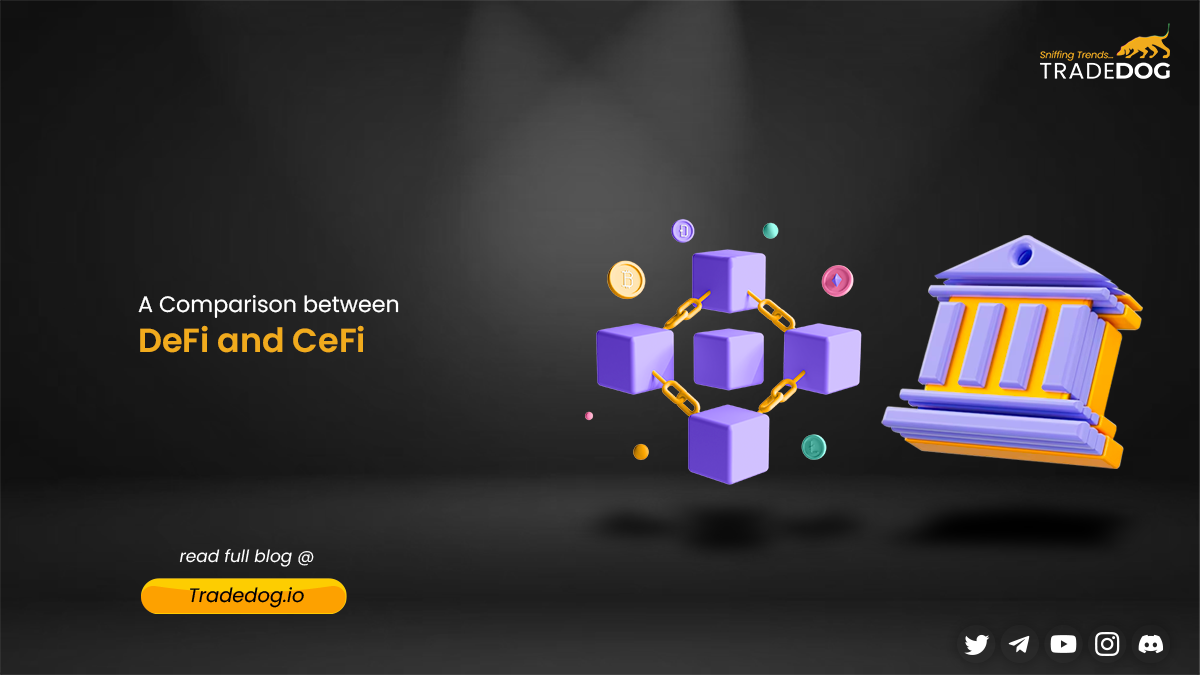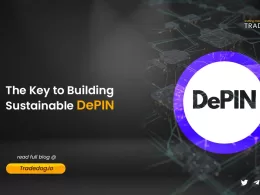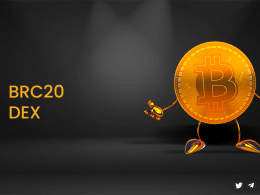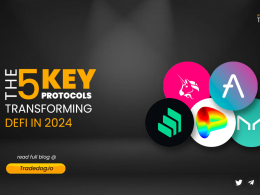Quick Links
Decentralized finance (DeFi) is an emerging sector in the financial world, driven by the development of technology. Rather than relying on centralized entities, DeFi is built on public decentralized blockchain networks, where smart contracts govern financial systems and processes.
These protocols are decentralized, as the creators of these protocols have devolved power to the community and are non-custodial, meaning users retain control over their cryptocurrency. DeFi applications provide services typically provided by traditional finance but in a permissionless, automated, and transparent manner.
DeFi applications include a range of ‘financial’ products, such as lending protocols (Aave, MakerDAO, and Compound), decentralized exchanges (DEXs), stablecoins, and derivatives.
Cryptocurrency lending protocols enable borrowers to loan digital assets and then receive repayment in a single transaction (known as a flash loan). Furthermore, lenders can make money from interest payments when allowing users to borrow cryptocurrency. Uniswap is the most popular Decentralized Exchange (DEX) for Ethereum-based tokens, as it allows users to trade tokens and earn tokens by providing liquidity to the token market. Other DeFi products, such as Maker’s stablecoin (DAI) and projects related to staking and yield farming, have also gained traction.
DeFi in Numbers:
Since the DeFi Summer of 2020 (and 2021), DeFi has experienced a significant drop in Total Value Locked (TVL). From January 2022 to the end of 2022, the TVL dropped by 75%, leading to a ‘DeFi winter.’ This can be seen in the continuous decrease in monthly volumes of DEXs between May 2022 and December 2022. However, in January 2023, the monthly volume rose by 27% to $56B. Uniswap was the main contributor to the rise in volume, accounting for 58%.
On a positive note, the on-chain volume for stablecoins has increased steadily over the past 12 months, with on-chain settlements through stablecoins ($9tn) surpassing Mastercard and American Express. Furthermore, liquid staking providers have seen their native tokens rise ahead of the upcoming Ethereum Shanghai upgrade in March. For those, who don’t know what liquid staking is, kindly refer to this blog for a better understanding.
Let’s start from the basics; what’s the ground reality regarding adoption:
Decentralized Finance (DeFi) made huge waves in 2020, and since then, it has continuously been put forward as the disruptor and killer for the traditional banking system. DeFi ‘degens’ (read: hardcore crypto fans) have gone as far as saying that it will completely take over the financial systems, providing people with the much-needed decentralization, self-sovereignty, privacy et al. But wait, who is really using it?
Onboarding & Operational Issues:
The first problem of accessibility comes specifically in terms of the users who want to jump on the DeFi bandwagon; where do we exactly start? The road to crypto adoption is fairly simple, you get into BTC, ETH, and slowly walk down the rabbit hole (well, we have all been there)…
Apart from the learning curve, the high gas fees associated with DeFi transactions can make it difficult to retain users in the long run. Plus, many popular DeFi products are primarily speculation-based, leaving some people questioning their real-world utility. These issues, combined with the complexity of the protocols, make DeFi adoption a difficult challenge.
These ‘basic’ problems are a huge barrier to entry for broader market participation. When compared to a banking/fintech UX, DeFi lacks intuitive UI, account management amongst other important features. Most importantly, not having a mobile interface takes DeFi away from mass adoption.
To protect against the volatility of crypto assets, DeFi protocols require their loan to be over-collateralized. This is a risk mitigation tool that helps to prevent defaults. As collateral, many borrowers deposit more volatile assets such as Bitcoin or Ether to take out loans of more stable assets like stablecoins.
Furthermore, DeFi protocols often struggle with bootstrapping liquidity and incentivizing trading. Token rewards for market-making are often ineffective and unsustainable, as they can attract opportunistic individuals to wash-trading.
DeFi remains a speculative investment for lending protocols due to the volatile nature of the crypto space. A high yield on an asset that has lost a large portion of its value is not particularly attractive to investors, and most people remain unaware of popular DeFi protocols like Maker DAO or Aave.
How do we solve these complexities?
To solve the complexities posed by DeFi, developers need to build better infrastructure, industry standards should be implemented, and identity management should be conducted without sacrificing decentralization.
Additionally, to achieve mainstream adoption, the underlying network powering DeFi must accommodate millions of transactions per second – something that Ethereum is not yet capable of. The second wave of DeFi solutions must learn from the challenges encountered in the first wave and enhance the functionality of the existing protocols while also widening the reach to traditional institutions.





